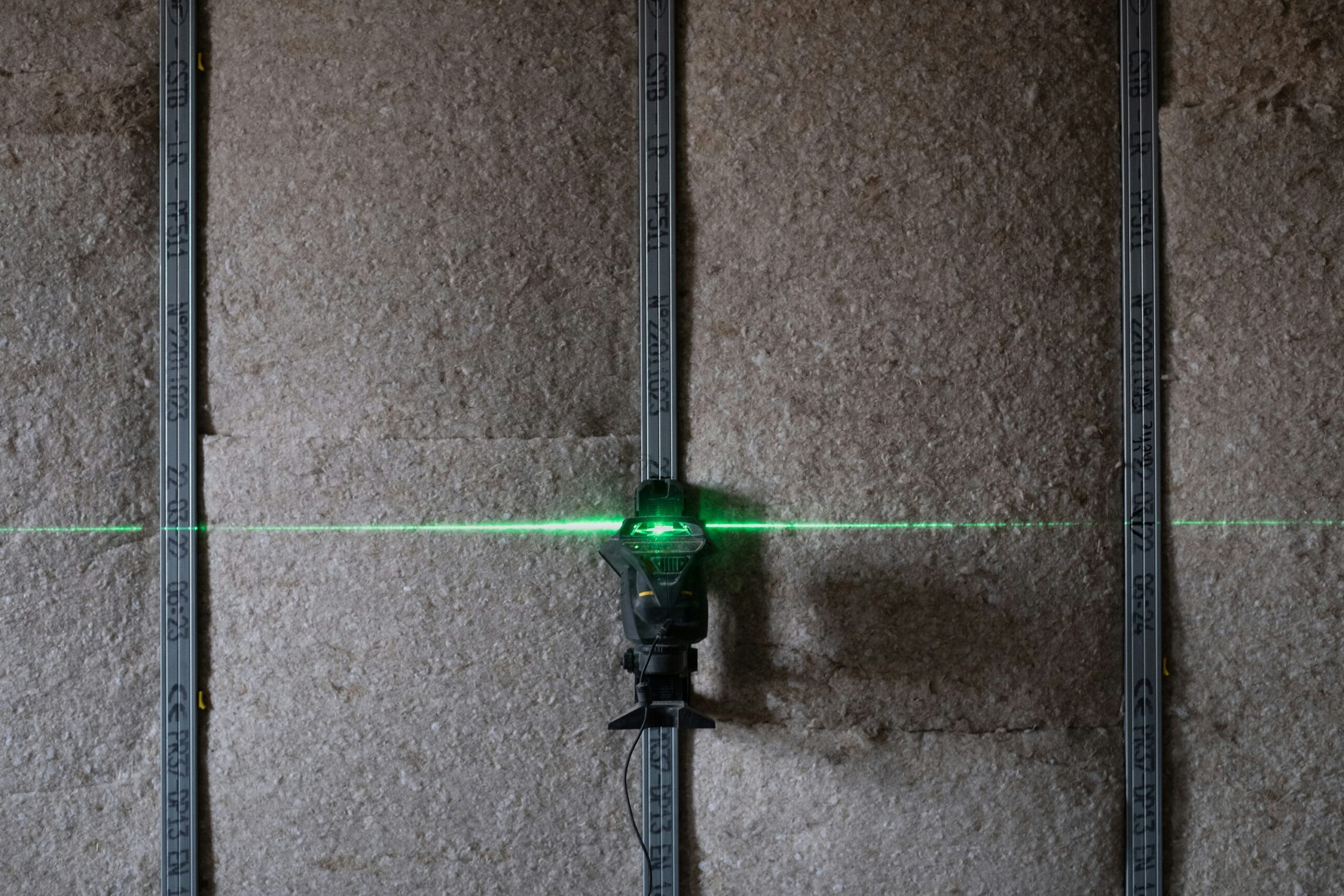Surplus electricity to biomethane via intermittent hydrogen injection in post-digestion systems

In the route to mitigate global warming and phase out fossil energy sources, solar and wind power represent an increasing share of the produced electricity. These sources are difficult to plan for as they are weather dependent, resulting in fluctuating electricity prices. But in situations with high production without matching demand it is possible to use the cheap, surplus electricity to produce hydrogen (H2) through electrolysis of water (power2gas). Yet, infrastructure for H2 is expensive and instead H2 can be added to existing biogas plants.
This project will focus on developing an affordable and novel method to insert H2 to biogas plants for conversion into bio-methane. The technique proposed in the project will be in-situ methanation in post digesters, where we hypothesize that it can be efficiently converted without risking the overall biogas process.
In-situ methanation in post digestion is not well studied yet, and more knowledge are needed to create a cost- efficient process.

Jan Moestedt
Tekniska verken i Linköping AB

jan.moestedt@tekniskaverken.se
Project information
Participants
Tekniska verken i Linköping AB
Linköping University
Swedish University of Agricultural Sciences
Uppsala Water & Waste LTB
Time schedule
December 2024 - December 2027
Total cost of project
6 216 087 SEK
Swedish Energy Agency project number
2024-03024
More projects

Novel bio-based, hygroscopic insulation materials for enhanced energy performance and robustness of buildings
The construction sector in Sweden stands for about 22 % of total greenhouse gas emissions. Reducing the embodied carbon in new buildings…
Manager: Maria Fredriksson
Ongoing

Tree species experiment focused on biomass production – Growth, carbon sequestration and biodiveristy
Forestry can counteract an increase in greenhouse gases through its large capacity to store carbon and through the substitution of fossil fuels….
Manager: Nils Fahlvik
Ongoing

Intensive harvesting by repeated whole-tree extraction in forest ecosystems – effects on stem-growth, carbon stock and growth in the next forest generation
Utilisation of forest biomass will have a leading role in Sweden becoming a fossil-free and bio-based economy. The amount of forest biomass…
Manager: Felicia Dahlgren Lidman
Ongoing


